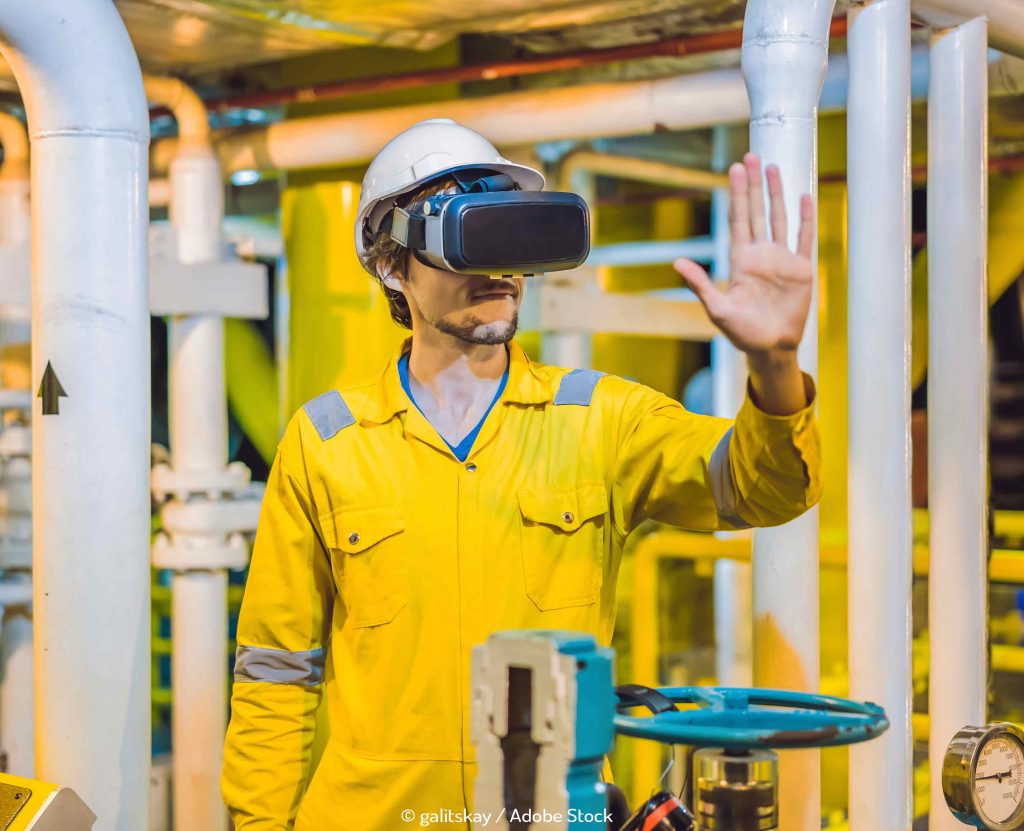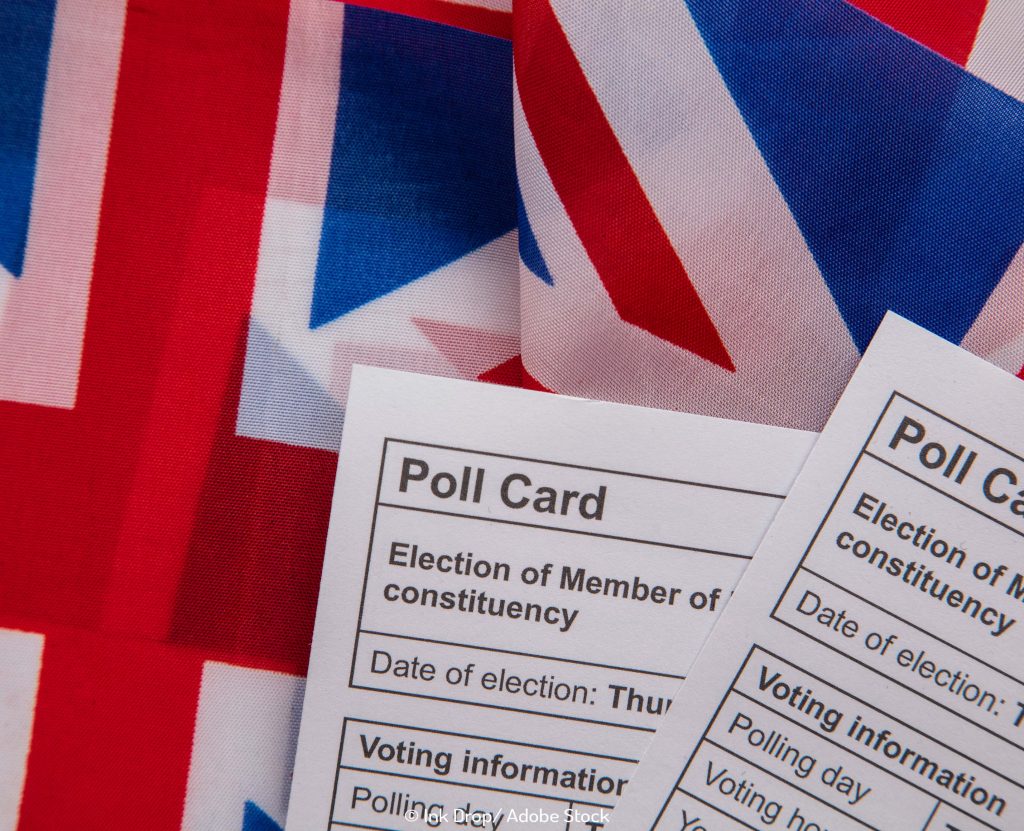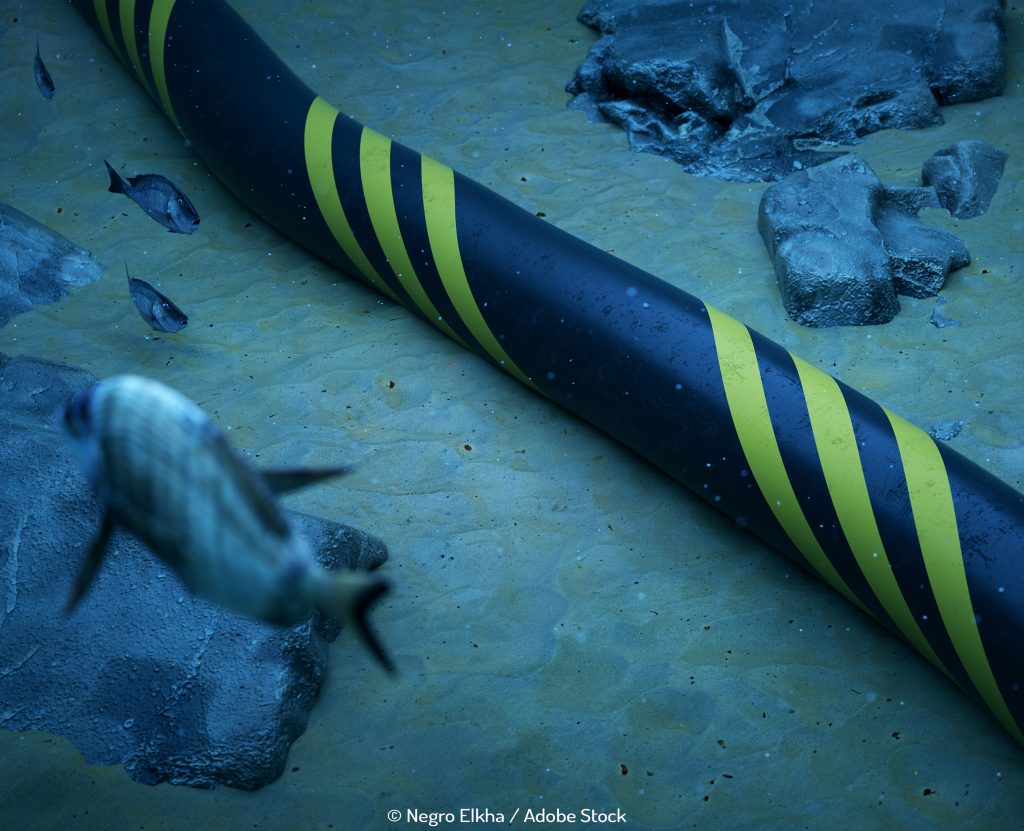
VR Training for Gas and Oil Industry Jobs
Over the past decade, the gas and oil industry has been on quite a journey, and those who have the responsibility of securing the labour required to ensure efficient operations are maintained have been on an especially challenging rollercoaster. There haven’t only been significant upheavals industry-wide over the past few years but also some major structural-demographic issues working against gas and oil recruiters that have made training and hiring particularly difficult.
Labour market changes have resulted in employers seeking a more efficient way to onboard and attract new employees. Employers are also having to think more critically about ways to upskill and cross-train their current workforce.
Although there’s a strong cohort of skilled gas and oil engineers as well as experienced equipment operators and technicians out there who have been working in the industry for decades, many of those talented individuals are now either retiring or hoping to retire in the next 10 years. Unfortunately, that kind of expertise and knowledge cannot be taught easily in the classroom, so VR training solutions are now capturing that knowledge into a variety of virtual scenarios that can speed up onboarding and boost levels of retention of training while also providing a more innovative way of recruiting younger staff members to the team.
With an immersive VR environment, employers can more effectively screen out candidates to undertake complex and challenging roles, while virtual reality experiences enable employers to assess performance when prospective employees are faced with scenarios that they could easily experience in the real world, both emotionally and tactically. Within just a few hours, employees are able to experience situations that could take several years to experience in real life, and that, in turn, helps them to prepare more fully for their role.
The Training Challenges That Face the Gas and Oil Sector
Getting new workers up to speed has represented a significant cost burden in the gas and oil sector for some time. The expense of training just one new employee costs around $4125 in any industry, but in the gas and oil sector, the costs are far higher, particularly when the role involves working at height, in extreme conditions, with heavy machinery or high voltage equipment and at an increased risk of fatigue, exhaustion, explosion, fire, and more.
A lot of the expense of training comes from time spent on training. However, there are numerous other less obvious costs, such as those associated with high staff turnover, ineffective training methods, damaged equipment, and neglected hazards. As a result, training is often slow and risky, tying up experienced workers who could better be deployed elsewhere.
The Benefits of VR Job Training
VR training offers a host of specific benefits, including:
- Locational awareness
- Knowledge transfer
- Playback and recording
- Simulation of hazardous scenarios
- Unlimited usage
- Enhance training in proficiency
- Improved Engagement
By speeding up training, employers can save money. They can maximise production capacity while minimising their non-productive hours. With more efficient training, gas and oil companies can reduce the risk of human error while ensuring greater knowledge retention.


